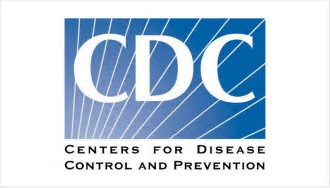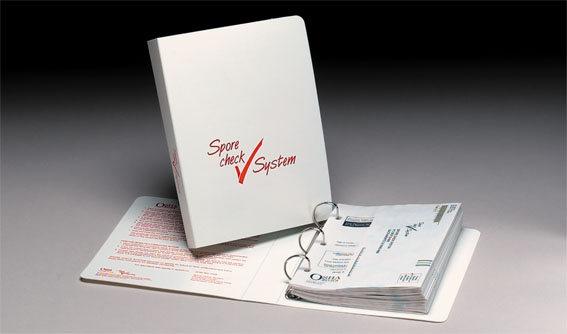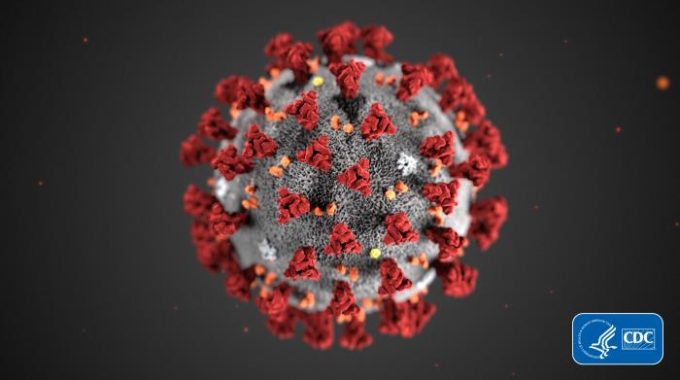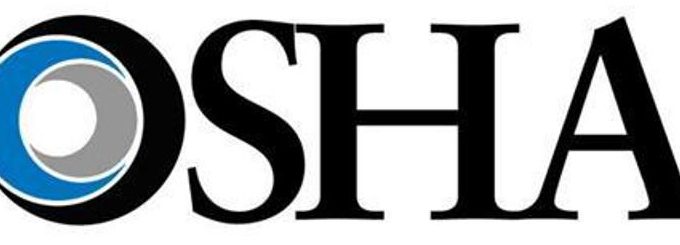As COVID cases surge across the country, California dental employers must continue to follow Cal/OSHA’s…

Reminder: Don’t Forget to Monitor Your Sterilizers Weekly Using a Spore Test
 Weekly sterilizer monitoring, using biological indicators, in a dental office is an important part of infection control verification. Both the Centers for Disease Control and Prevention (CDC) and the American Dental Association recommend, and most state dental boards require, that dental offices verify the proper functioning of the sterilization cycle using biological indicators (i.e. spore testing).
Weekly sterilizer monitoring, using biological indicators, in a dental office is an important part of infection control verification. Both the Centers for Disease Control and Prevention (CDC) and the American Dental Association recommend, and most state dental boards require, that dental offices verify the proper functioning of the sterilization cycle using biological indicators (i.e. spore testing).
Biological monitoring consists of using biological indicators, or strips, impregnated with highly resistant, nonpathogenic bacterial spores to test a sterilizer’s function. When spores are killed during a sterilization cycle, it is assumed that all microorganisms have been destroyed and sterilization is achieved.
How should we conduct the spore testing?
The spore strips should be placed according to the sterilizer manufacturer’s instructions. If there are no instructions, place the spore test strip within a wrapped set of instruments in the most difficult area to be sterilized, which is normally the lower front area of the sterilizer. It is good practice to place the strips in a different location of the sterilizer each week to help identify any “cold spots” within the sterilizer.
All staff members who operate the sterilizer should receive training about proper sterilizer operation procedures and instrument processing techniques in the office. Additionally, general sterilizer maintenance consisting of regular cleaning and checking of door gaskets, vents, and internal and external surfaces of the sterilizer should be conducted in accordance with the sterilizer manufacturer’s instructions.
What if we receive a positive test?
Common factors for improper sterilization include chamber overload, excessive packaging material, inadequate exposure time, incorrect temperature/pressure settings, failure to preheat the sterilizer (if indicated), interruption of the cycle, and expired chemical solution (chemiclaves only).
If you receive a positive spore test, immediately check your process and chemical indicators, and contact your biological monitoring service immediately for assistance. Generally, a single positive spore test probably does not indicate sterilizer malfunction, especially if the process indicators demonstrate sterilizer effectiveness.
Since 1992, OSHA Review, Inc. has provided dental professionals with comprehensive programs to support regulatory compliance and infection control. We are a registered continuing education provider in the state of California, specializing in Dental Practice Act, infection control, and OSHA training.
 In addition, OSHA Review, Inc. provides sterilizer monitoring services in all 50 states through OSHA Review’s Spore Check System. The Spore Check System is endorsed by the Arizona, California, Ohio and Texas Dental Association.
In addition, OSHA Review, Inc. provides sterilizer monitoring services in all 50 states through OSHA Review’s Spore Check System. The Spore Check System is endorsed by the Arizona, California, Ohio and Texas Dental Association.



